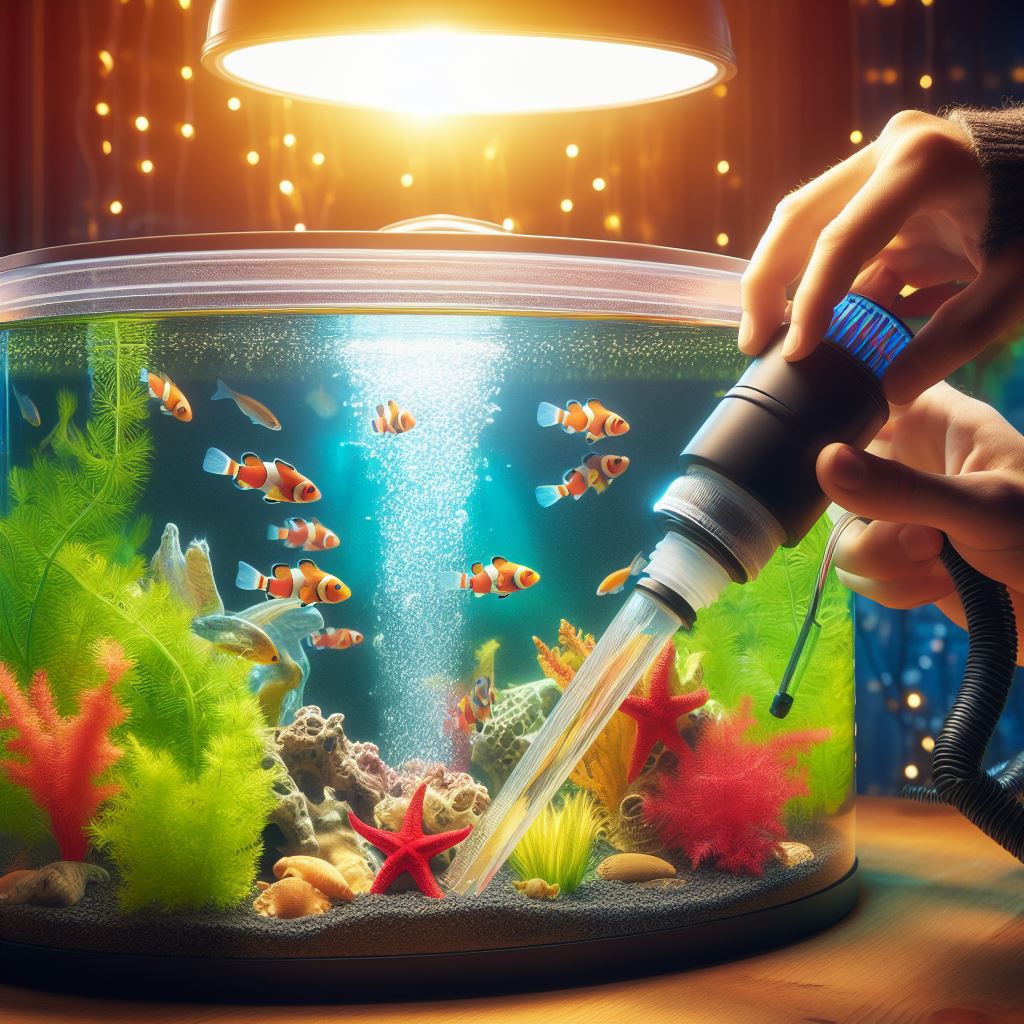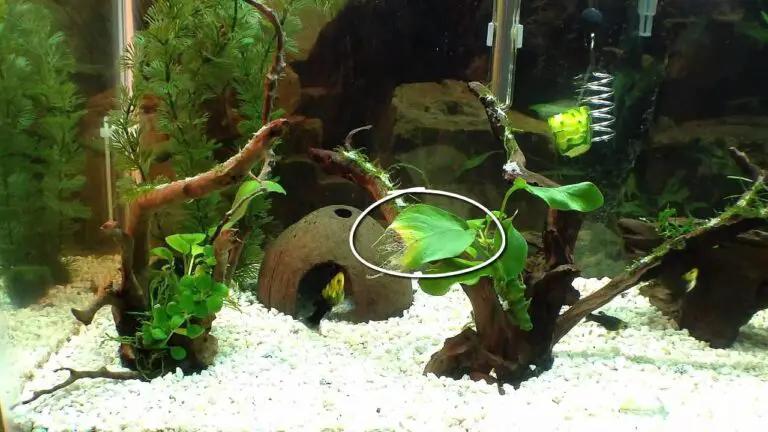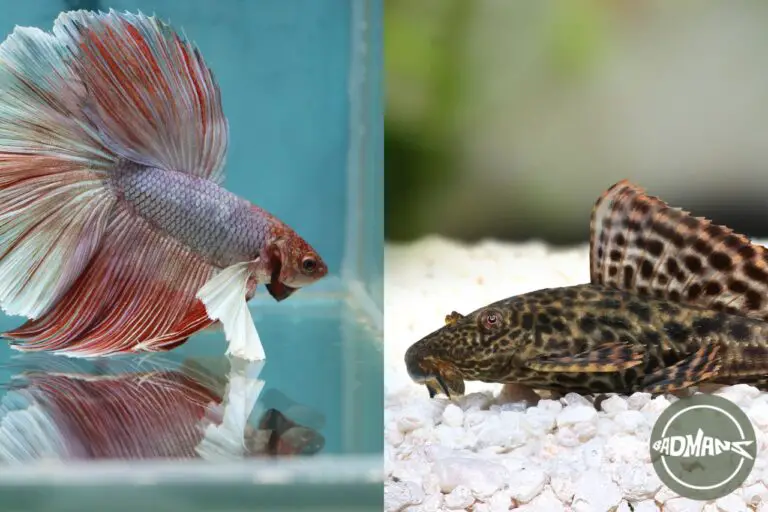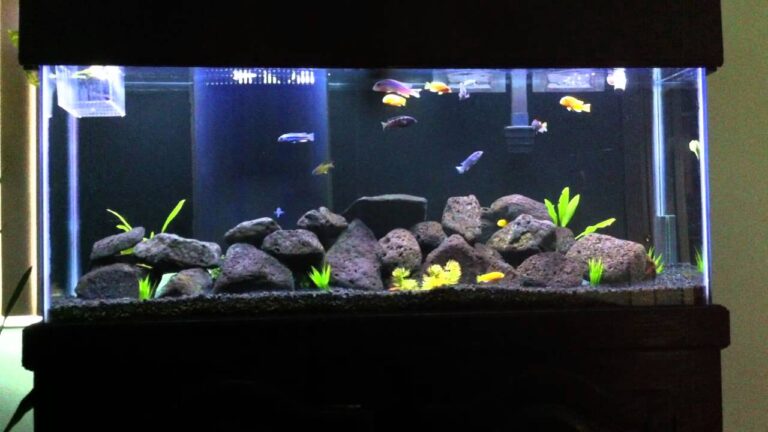Using a 20 Gallon Filter on a 10 Gallon Tank: What You Need to Know?
Using the right aquarium filter is essential to maintain a healthy and thriving aquatic environment for your fish. One common question that arises among aquarium enthusiasts is whether they can use a 20-gallon filter on a 10-gallon tank.
The answer is not a simple yes or no, as several factors need to be considered before making a decision.
Understanding Aquarium Filtration Before we dive into the specifics of using a 20-gallon filter on a 10-gallon tank, it’s essential to understand the basics of aquarium filtration.
Aquarium filters are designed to remove physical and chemical waste from the water, thereby maintaining a healthy environment for your fish.
There are several types of aquarium filters available in the market, including hang-on-back filters, canister filters, sponge filters, and more.
Considerations for Upsizing Your Filter If you’re considering using a larger filter on your aquarium, there are a few things you need to keep in mind.
Firstly, a larger filter will create more water flow, which can be beneficial or harmful, depending on your fish’s needs. Secondly, a larger filter can be more expensive to purchase and maintain.
Finally, a larger filter may require more space, which can be a problem if you have limited space in your home.
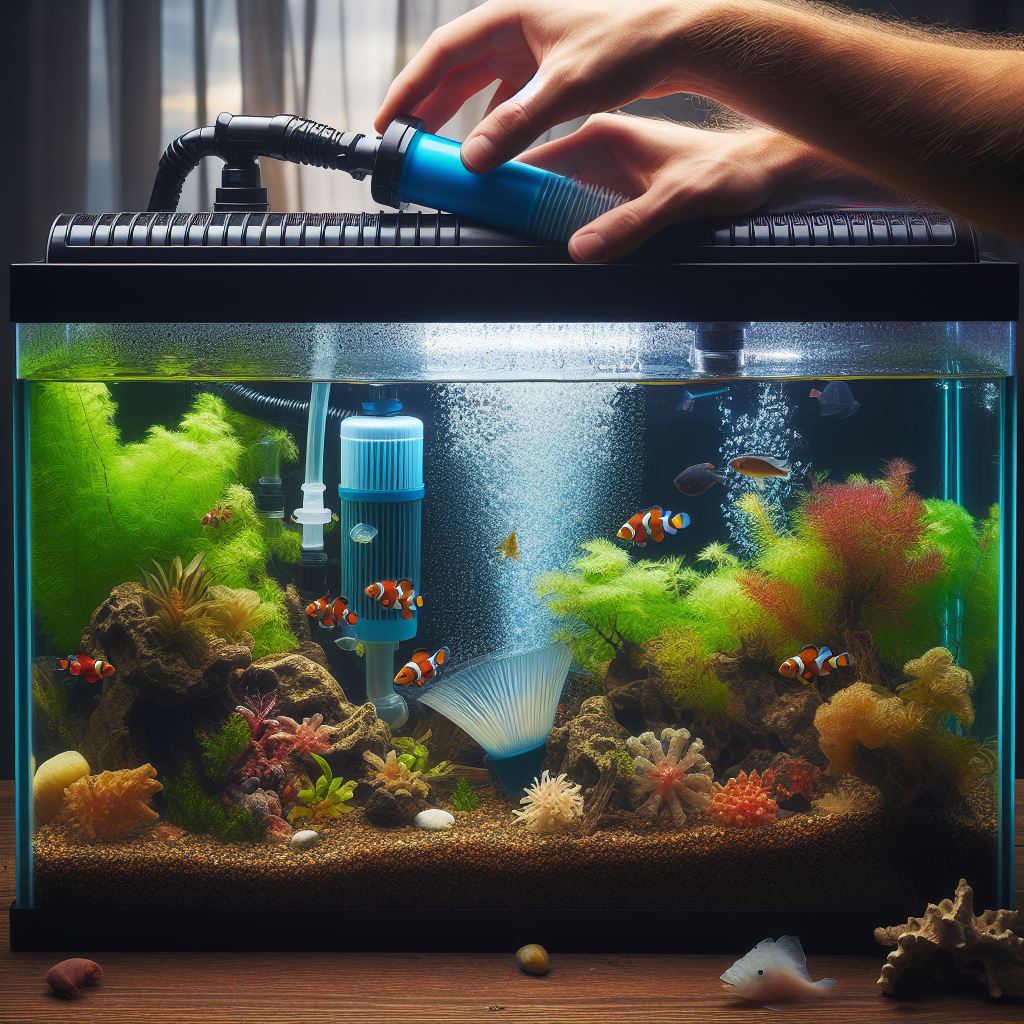
- Understanding the basics of aquarium filtration is important before deciding on a filter.
- Considerations such as water flow, cost, and space are crucial when upsizing your filter.
- Using a larger filter can provide benefits but also pose risks and challenges.
Tank Size and Filtration Capacity
A 20 gallon filter is designed to handle the filtration needs of a larger tank, and it may be too powerful for a 10 gallon tank. The filtration capacity of the filter is typically based on the volume of water it can effectively process.
Using a filter that is designed for a larger tank may result in excessive water flow, which can create strong currents and stress your fish.
Water Circulation
Proper water circulation is essential for maintaining a healthy aquarium environment. A filter that is too powerful for a 10 gallon tank may create turbulent water movement, causing your fish to struggle against the currents.
This can be particularly problematic for fish that prefer calmer waters, such as bettas or guppies. Inadequate water circulation can also lead to stagnant areas in the tank, promoting the growth of harmful bacteria and algae.
Understanding Aquarium Filtration
When it comes to keeping fish in an aquarium, filtration is one of the most important aspects to consider. Filtration helps to remove waste and toxins from the water, ensuring that the fish have a healthy and safe environment to live in.
There are three main types of filtration: mechanical, chemical, and biological.
Mechanical filtration involves physically removing debris and waste from the water, such as with a filter pad or sponge.
Chemical filtration uses activated carbon or other substances to remove impurities from the water.
Biological filtration relies on beneficial bacteria to break down waste and toxins in the water. Filters play a crucial role in biological filtration, which involves the removal of harmful substances from the water.
Beneficial bacteria colonize the filter media and break down toxic ammonia into less harmful compounds.
Using a filter that is too large for your tank may result in insufficient contact time between the water and the beneficial bacteria, compromising the effectiveness of biological filtration.
A filter that is too small for your tank won’t be able to keep up with the waste produced by your fish, while a filter that is too large can create too much current and stress out your fish.
A filter that is rated for a larger tank will have a higher flow rate, which can create too much current for a smaller tank.
This can stress out your fish and make it difficult for them to swim. It’s best to choose a filter that is rated for the size of your tank, or slightly larger if you have a heavily stocked aquarium.
Understanding aquarium filtration is crucial for maintaining a healthy and safe environment for your fish. When choosing a filter, it’s important to consider the size of your tank and the needs of your fish.
Using a filter that is too large for your tank can create too much current and stress out your fish, so it’s best to choose a filter that is rated for the size of your tank.
Considerations for Upsizing Your Filter

Tank Bioload
When considering upsizing your filter, it is important to take into account the bioload of your tank. The bioload refers to the amount of waste produced by the fish and other inhabitants in your tank.
A filter that is too small for your tank can lead to a buildup of toxins and ammonia, which can be harmful to your fish. On the other hand, a filter that is too large can create a strong current that can stress out your fish and disrupt the balance of your tank.
Fish Health and Stress
Another consideration when upsizing your filter is the health and stress of your fish. A filter that is too large can create a strong current that can stress out your fish, making them more susceptible to disease and illness.
It is important to choose a filter that provides adequate filtration without creating too much disturbance in your tank.
Water Current and Flow Rate
The water current and flow rate are also important factors to consider when upsizing your filter. A filter that is too large can create a strong current that can disturb the natural flow of your tank.
This can make it difficult for your fish to swim and can also disrupt the growth of plants and other aquatic life in your tank. It is important to choose a filter that provides adequate filtration without creating too much disturbance in your tank.
When considering upsizing your filter, it is important to take into account the bioload of your tank, the health and stress of your fish, and the water current and flow rate.
Choosing the right filter for your tank can help maintain a healthy and balanced aquatic environment for your fish and other inhabitants.
FAQs
Can I use a 20 gallon filter on a 10 gallon betta tank?
Yes, you can use a 20 gallon filter on a 10 gallon betta tank, but it is important to consider the flow rate and adjust it accordingly. Bettas prefer calmer waters, so you may need to place a sponge or pre-filter over the intake to reduce the flow and prevent your betta from getting stressed.
Is it safe to use a 20 gallon filter on a 10 gallon shrimp tank?
Using a 20 gallon filter on a 10 gallon shrimp tank can be risky, as it may create strong currents that can harm or stress your shrimp. Shrimp are sensitive creatures and thrive in calm water conditions. It is recommended to use a filter specifically designed for smaller tanks or opt for a sponge filter, which provides gentle filtration.
Can I use a 20 gallon filter on a 10 gallon goldfish tank?
Goldfish produce a significant amount of waste, so it is generally recommended to use a filter that is rated for at least double the tank’s volume. While you can technically use a 20 gallon filter on a 10 gallon goldfish tank, it may not provide adequate filtration. It is best to invest in a filter specifically designed for goldfish tanks to ensure optimal water quality.
How often should I clean a 20 gallon filter on a 10 gallon tank?
The frequency of filter cleaning depends on the tank’s stocking level, the type of filter media used, and the water parameters. As a general guideline, it is recommended to clean or replace filter media every 4-6 weeks. However, regular monitoring of water quality is essential, and the filter may need to be cleaned more frequently if it becomes clogged or if there are signs of poor water quality.
Can I use a 20 gallon filter on a 10 gallon planted tank?
Using a 20 gallon filter on a 10 gallon planted tank can be challenging, as it may create excessive water movement that can uproot plants or disturb their growth. It is advisable to choose a filter with adjustable flow rates or opt for a sponge filter to provide gentle filtration without causing harm to the plants.
How can I reduce the flow rate of a 20 gallon filter on a 10 gallon tank?
To reduce the flow rate of a 20 gallon filter on a 10 gallon tank, you can attach a sponge or pre-filter to the intake tube. This will help slow down the water flow and create a gentler current in the tank. Alternatively, you can adjust the flow rate using any flow control mechanisms provided by the filter manufacturer.
Conclusion
While it is technically possible to use a 20 gallon filter on a 10 gallon tank, it may not be the best choice for optimal aquarium conditions. The size and flow rate of the filter should be carefully considered to ensure the well-being of your aquatic pets.
It is generally recommended to choose a filter specifically designed for the size of your tank to maintain proper water circulation, biological filtration, and overall aquarium health.
